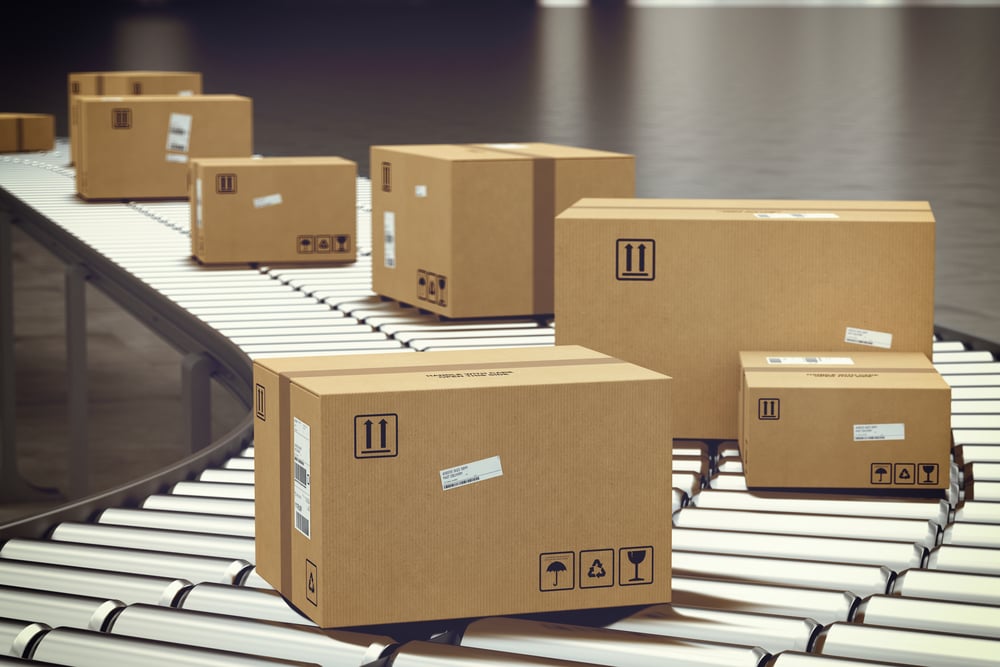3 Reasons Why Retailers Will Need Urban Fulfillment Centers

Just a few years ago, two-day delivery was considered a premium service when shopping online. However, with the rapid growth in e-commerce in recent years, many customers now expect delivery on the same day or within an hour. Retailers who don’t give priority to e-commerce are limiting their revenue, and they also run the risk of going out of business.
Micro-fulfillment centers or MFCs are still an emerging technology in the retail industry. However, they could soon become necessary to stay in business, just like having an Internet connection. Retailers can fulfill online orders with manual labor as a temporary measure, but doing so is not sustainable when their online sales volume grows. Micro-fulfillment technology has economies of scale, while the cost of manual labor increases sharply with sales volume.
Are you planning to build a micro-fulfillment center? Get a professional MEP design.
In this article, we will discuss 3 reasons why urban fulfillment centers could eventually become necessary in the retail industry.
1) Keeping Up with Customer Demand

If many retailers are selling online and their products have similar prices, customers will likely prefer the vendor with the fastest delivery. Two-day delivery was a luxury just a few years ago, and some online retailers even charged more for the service. However, same-day delivery and one-hour delivery are becoming the industry standard for many product categories, and retailers who can’t keep up are likely to go out of business.
- To offer same-day delivery and one-hour delivery with manual picking, retailers need a large staff and plenty of storage space.
- Keeping track of inventories is also more difficult and slower with manual picking, and there may be cases where a customer orders a product that has run out minutes ago.
- This is a negative experience that is detrimental for customer service.
Manual order picking also affects the shopping experience for customers who visit a store in person. They have to share the aisles with employees who are rushing to pick online orders, which can cause discomfort. In-store customers may also be looking for the same products as online customers, and this can cause conflict when there are few units left. For example, an employee may need to pick the last unit available, precisely when a customer at the store wants to purchase it.
2) Converting Order Picking Profits Into Losses

Some retailers who have recently entered the e-commerce space are relying on manual labor to pick orders. This may work while online sales are low, but manual picking is not viable for retailers who want to grow their e-commerce business.
Several studies have found that retailers lose money with many online sales when they rely on manual labor, and there is a simple explanation for this. Order picking and delivery require labor, which means there is an associated cost.
- When customers visit a store to buy products, they are assuming the cost of picking and delivery. However, these expenses are transferred to the vendor when products are purchased online.
- Retailers could charge the picking and delivery cost, but they may lose the sale if they try to charge too much.
Retailers who invest in micro-fulfillment technology can process orders 10 times faster, while reducing the picking cost by around 60%. This provides a major advantage, and the only option for competitors is deploying their own MFCs - manual labor simply can’t compete.
3) Retailers Can Increase Product Variety with Micro-Fulfillment Centers

Since a micro-fulfillment center uses space more efficiently, it can manage large inventories and an increased product variety. Also, the fast picking speed allows a large inventory to be handled without affecting the delivery time. For example, Ahold Delhaize is deploying an MFC that will complete 15,000 orders per week in Philadelphia.
Retailers who depend on manual labor need plenty of space and a larger staff if they want to expand their product selection. This is not viable in urban locations, especially when land is costly and local wages are high. A much better strategy is equipping their existing stores with MFCs - the same space can hold more products, and the same staff can complete more orders with the help of automation.
Conclusion
Micro-fulfillment centers are still relatively new, but they could follow the same path as other technologies that eventually became mainstream. For example, a fast Internet connection may have been a luxury two decades ago, but now it has become a requirement to do business. Online retailers without MFC technology will be unable to match the speed and cost of those who use them, leaving them with two options - deploying their own MFCs, or going out of business.Your blog post content here…

Michael Tobias
Michael Tobias, the Founding Principal of NY Engineers, currently leads a team of 150+ MEP/FP engineers and has led over 4,000 projects in the US
Join 15,000+ Fellow Architects and Contractors
Get expert engineering tips straight to your inbox. Subscribe to the NY Engineers Blog below.

